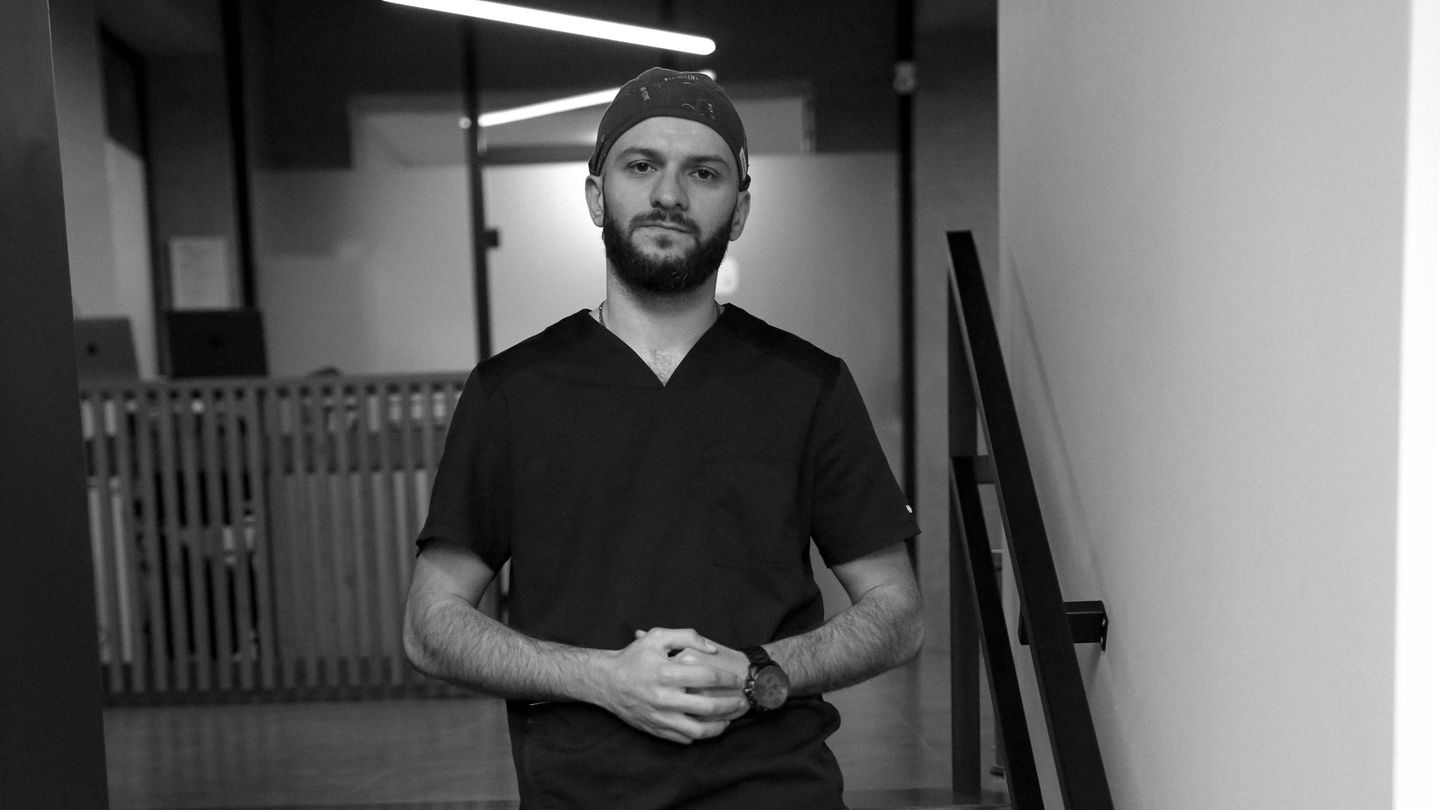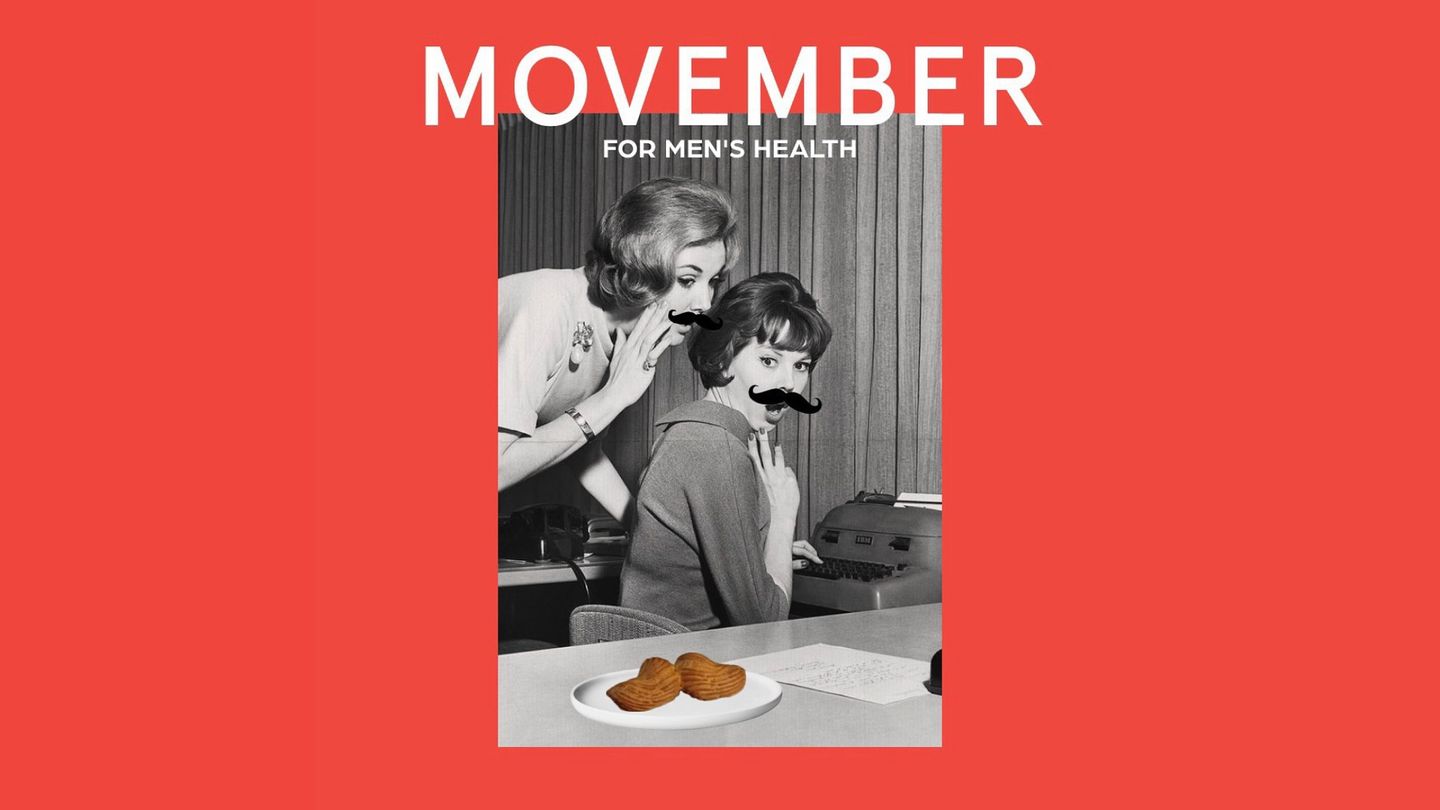A common question I receive is, "Can I use a heated seat, take a hot bath or sunbathe, and how will it affect my male health, specifically my fertility?" To answer this, let's refer to various studies conducted on different groups of animals.
As early as 1893, it was shown that after artificial cryptorchidism (deliberate prevention of the testes descending into the scrotum), the testes "shrink to two-thirds or half of their natural size," while sperm "do not appear."
This observation was one of the first pieces of evidence of the adverse effects of testicular hyperthermia
In studying the relationship between undescended testes and the complete absence of sperm in men, Crewe noted that the testes "in the scrotum do not experience the same temperature as in the primitive position inside the abdomen." The link established by Crewe between temperature and lack of sperm led Moore to propose three experimental postulates:
- The temperature inside the scrotum is lower than in the abdominal cavity and is controlled by the scrotum (experimentally confirmed by Moore & Quick, 1924, and Kormano, 1967)
- Disruption of the scrotum's regulatory ability leads to the degeneration of spermatogenesis (confirmed by Moore & Oslund, 1924)
- Temperatures exceeding normal for the testes should cause the loss of germ cells (confirmed by Young, 1927; Fukui, 1923, and Moore, 1924)
Testicular heat stress also has clinical significance. Men with idiopathic subfertility or infertility experience higher average scrotal temperatures compared to fertile men in control groups (Jung, Eberl & Schill, 2001; Mieusset et al., 1987). This concern is notable in men with varicocele (Hosseinifar et al., 2014; Zini et al., 2005; Lund & Nielsen, 1996; Pastuszak & Wang, 2015; Kang et al., 2021) or those who are overweight (Garolla et al., 2015). A gradual increase in the average daily scrotal temperature by just 1°C reduces sperm concentration by 40% (Hjollund et al., 2002).
Further experimental findings include:
- Regardless of the approach and the animal studied, testicular heat stress leads to the loss of germ cells and impairs fertility
- The percentage of morphologically abnormal sperm increases 1–2 weeks after testicular heating, peaking at around 3–5 weeks, followed by a recovery period that seems dependent on the severity and duration of heating
- Sperm motility impairments are also first observed 1–2 weeks after testicular heat stress, peaking at 4–5 weeks and recovering in 6–11 weeks depending on the animal model/heat used
- A gradual increase in DNA denaturation occurs in bulls with scrotal isolation and heating in a water bath, as measured by sperm chromatin structure analysis
- The observed delay between testicular heat stress and the reduction in sperm concentration and motility, along with an increase in morphological abnormalities and chromatin disruptions, suggests that it is the precursor cells in the testes that are most sensitive to heat stress, rather than mature sperm
Considering both historical and recent research, it becomes clear that testicular heat stress leads to subfertility or infertility depending on the temperature and duration of exposure
The effects of natural or surgical cryptorchidism, varicocele, water baths, scrotal isolation, and elevated air temperatures show that the testes are highly sensitive to heat. Nevertheless, despite this sensitivity, the understanding of the mechanisms leading to these disturbances is still lacking.
Therefore, I strongly recommend avoiding constant heat stress in the scrotal area. Remember that the normal temperature of the scrotum is below the abdominal temperature (around 34°C).
The main source of information:
- Robinson, B. R., Netherton, J. K., Ogle, R. A., & Baker, M. A. (2021). Testicular heat stress, a historical perspective and two postulates for why male germ cells are heat sensitive. Biological Reviews, https://onlinelibrary.wiley.com/doi/10.1111/brv.12921
Photo by Deon Black on Unsplash




